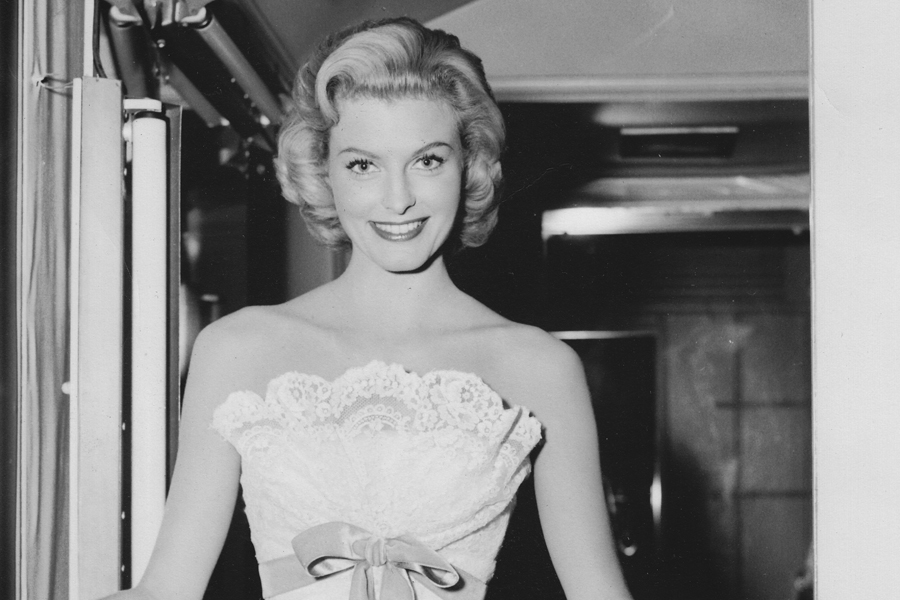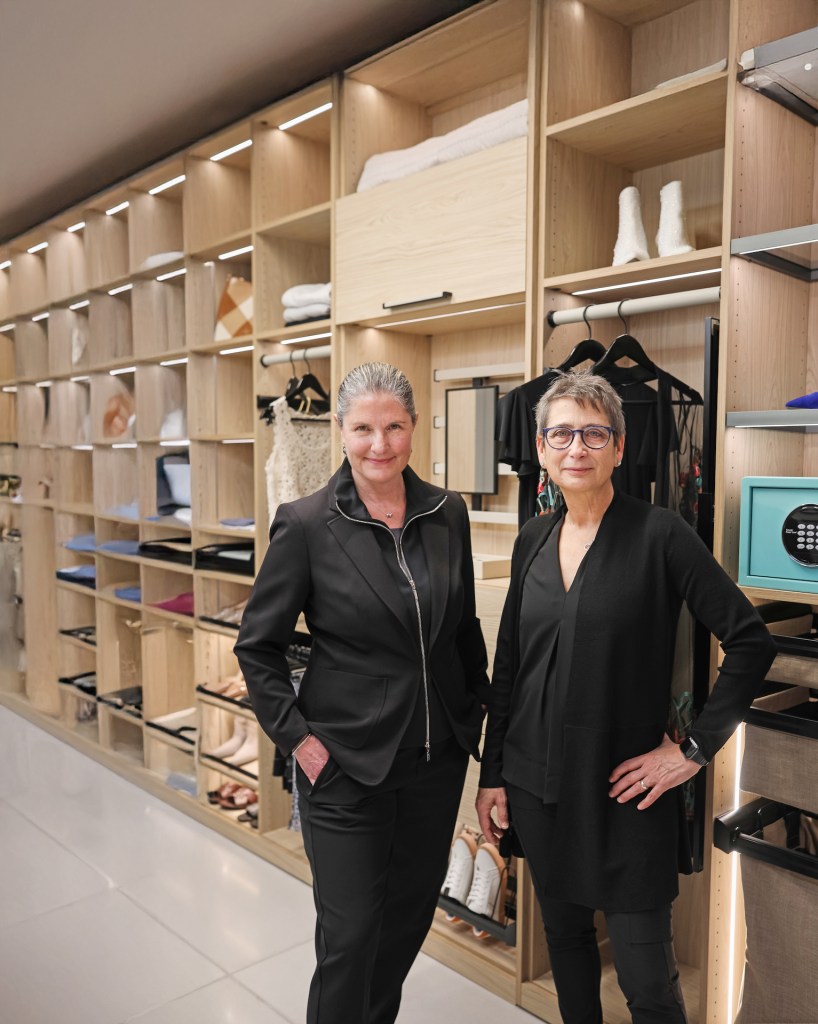'Beauty and the Beer' Doc Recalls Miss Rheingold Contest

Once upon a time a greater number of people voted (early and often) for Miss Rheingold than for president of the United States. The Miss Rheingold Contest, which ran for 25 years, was one of the most memorable annual events of its day—a mix of idealized beauty, democratic selection and a popular, workingman’s beverage.
As distinct from the Miss America Contest, where selections at all levels have always been made by experts and professionals, Miss Rheingold was chosen by ordinary people, some of whom went door to door on their own during the six-week campaign to promote their favorites. To look back at the pageant is to evoke a distinct cultural era in America, a time after the war and before the culture wars that would forever change this country.
The girl-next-door contestants, many of whom went on to careers in modeling, had their headshots displayed everywhere—in bars, restaurants, grocery stores and on posters and billboards, particularly in the cities and growing suburbs of Connecticut, New Jersey and New York.
One of those contestants was East End regular Anne Newman Bacal. She was a Miss Rheingold finalist in 1960, and relives that experience in a fascinating and joyously entertaining documentary she has just completed. Titled Beauty and the Beer: 1940-1963, the film evokes with tender regard, sweet humor and subtle criticism a remarkable period in the history of the country.
Newman became curious a few years ago about that part of her life. Her reawakened interest coincided with an exhibit, “Beer Here,” at the New York Historical Society, and she soon found herself sorting through her own memorabilia and seeking out fans for theirs. Novelist Wally Lamb (he still has a ballot box!), attributes the popularity of Miss Rheingold to the contest featuring real girls and to the girls’ demure sex appeal. No shots of skirts at or above the knees, and no red lipstick. Prim and proper were the order of the day—apron dresses, not to mention white gloves.
Newman’s friends suggested making a documentary as opposed to putting on an exhibit, saying that a film would capture a wider audience and be around longer, and so Newman went to work, without a prepared script but with a strong sense of what she wanted to achieve: an understanding of the great attraction of the contest. A gracious and intelligent woman (you couldn’t be a Miss Rheingold finalist without being smart, numerous people have observed), Newman says she originally kept a low profile, but others urged her to use her presence as a way to shape the 74-minute documentary. And so she took on the role of interviewer-narrator, an inquiring, sympathetic reporter. She had a good time, especially when a couple of older guys in one of the oldest bars in New York got wind of what she was doing and who she was, and with humor and admiration, put their two cents in. As a result of her openness to chance, Newman was able to get a variety of perspectives and responses.
Of course, she focuses on the women in her group, but she also reaches out to others—contestants and winners from years other than her own; celebrities such as Joe Franklin; ad maven Jerry Della Femina, who said the contest was as much a part of lives then as Sister Kenny’s March of Dimes; and 97-year-old Howard Munce, the artist who worked on the Rheingold account and who delights in showing how the contest’s fame spawned cartoons and spoofs. As the film shows, nostalgia rules and Anne Newman has done a splendid job (along with producer Leslie Clark and editor Tom Spain) of bringing the past to life. Newman notes that the 1959 Miss Rheingold, Robbin Bain Gaudieri, lives in East Hampton and that the 1952 Miss Rheingold, Anne Hogan, has a home in Quogue. The film is being submitted for consideration as a feature documentary to the Hampton International Film Festival.
You can read more about Anne Newman Bacal’s work and the rich history of the Miss Rheingold contest at missrheingold.com.



